FM Approved Seismic Sway Bracing
-
The Hazards
It is estimated that more than 55,000 earthquakes are felt worldwide each year. While we typically associate earthquakes with structural damage such as cracks, shifting and collapse, the impact to nonstructural building contents, systems and structures can be just as devastating.
One of the most important nonstructural elements that can be damaged in an earthquake is the automatic sprinkler system. Unbraced, or inadequately braced, sprinkler systems can be damaged by even modest earthquakes when pipes, fittings, and sprinkler heads are exposed to seismic forces and/or contact walls, beams, ceilings and other building features.
Sprinkler system failure as a result of an earthquake exacerbates a bad situation by causing water damage to building contents and/or impairing the effectiveness of the automatic fire sprinkler system should fire break out.
Seismic sway bracing is used to minimize the differential movement between the sprinkler systems piping and the building. Properly installed sway bracing makes it possible for the building and the sprinkler system to move as a single unit during an earthquake, thereby limiting damage.
Sway bracing is one of three key parts to a comprehensive seismic protection scheme that also includes flexibility and clearance. A fire protection engineer can advise you where it is best for the sprinkler system to be firmly braced, where flexibility is required to allow controlled movement, and where adequate clearance must be provided around sprinkler system components.
-
Testing Required for FM Approval
FM Approved sway brace assemblies and components are a critical requirement for many FM Global insured locations, and can help sprinkler installations meet the seismic requirements of NFPA 13. Sway bracing is evaluated using Approval Standard 1950, Seismic Sway Braces for Automatic Sprinkler Systems.
Approval Standard 1950 includes requirements for the testing of the components that are attached to the building’s structural element (e.g., beam, purlin, concrete floor) and the components that attach to the sprinkler piping. The rigid brace that spans the distance between these two components is used in testing but not included within the scope of the standard.
The Approval Standard also allows for the testing of an entire seismic sway brace assembly. This test is used for rigid style sway brace assemblies (i.e., not cable style bracing) and the resultant load rating is assigned to the entire assembly. In this test, two complete brace assemblies are installed in the test apparatus and subjected to the same regimen of 15 tension and compression cycles at a constant force, followed by increasing force to the breaking point or deformation limit.
Depending on the intended installation, up to four separate installation angles, ranging from 30 to 90 degrees may be employed in the testing for each component and each assembly.
Unlike other testing organizations, FM Approvals is the only organization that employs a test apparatus that simulates the cyclic motion of tension and compression expected in an actual earthquake. The seismic bracing components are first subjected to 15 cycles of equal force, followed by continued cycles at increasing force levels until the test sample breaks or deforms beyond expected limits.
-
Benefits and Availability
Sway brace components and assemblies that meet the requirements of Approval Standard 1950 are listed in the online Approval Guide, accessible by designers, engineers, authorities having jurisdiction and specifiers the world over.
Test results are presented in the Approval Guide in tabular format, showing the maximum horizontal load rating in pounds (lbs.) and newtons (N) for each installation angle tested. Each rating includes a safety factor of 1.5, allowing the value to be used directly in allowable stress design (ASD). This easy form of reference enables designers and engineers to quickly select the component or assembly that best meets their requirements.
The benefits of FM Approved seismic sway brace assemblies and components over those that are certified by other agencies include more rigorous and realistic motion-based cyclic testing that results in enhanced reliability. Add to this the confidence of knowing that the product is made at a facility that is regularly audited by FM Approvals personnel.
The FM Approvals certification program is an investment that demonstrates a manufacturer’s confidence in its products. While Approval testing is considered among the most rigorous in the world, it is also a true sign of a manufacturer’s confidence and a quality indicator that will help differentiate a product from the competition.
FM Approved products are not only listed in the online Approval Guide but, just as importantly, FM Approved products are specified and accepted by building owners, designers and code authorities worldwide.
-
Success Stories
Worldwide Property Loss Prevention Solutions
- FM Approvals maintains accreditations recognized globally by OSHA and IAS in the United States, SCC in Canada, UKAS in the United Kingdom, and is a Notified Body in the EU for ATEX and CPD.
- Recognized Standards Development Organization (SDO) by the American National Standards Institute (ANSI).
- FM Approvals maintains rigorous product audit standards with its manufacturing partners.
- FM Approved products provide property loss prevention solutions for FM Global clients and others worldwide.

